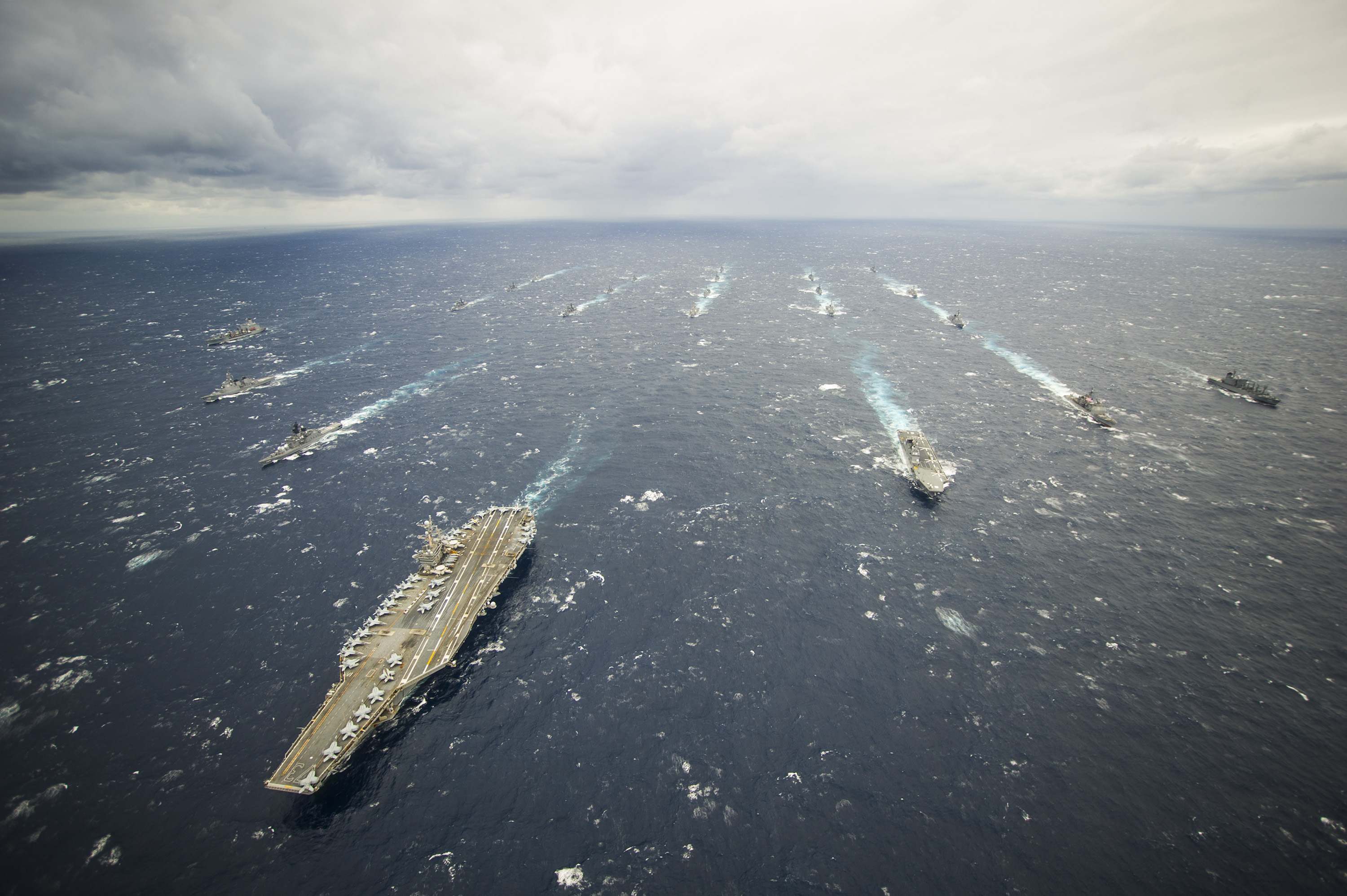

Engineers preserved Iowa and Wisconsin in “reactivation” status for quite some time, meaning they hypothetically could return to duty. New Jersey and Missouri were struck from the navy list during the 1990s. First of all, the vessels no longer belong to the U.S. At this remove from their past lives, though, it’s doubtful in the extreme that the operational return on investment would repay the cost, effort, and human capital necessary to bring them back to life.īut colossal practical difficulties would work against reactivating the dreadnoughts at low cost, despite these superficially plausible figures. History thus seems to indicate they could stage yet another comeback. That’s about how long the battlewagons have been in retirement since the Cold War. The Iowa class sat in mothballs for about three decades after Korea (except for USS New Jersey, which returned to duty briefly during the Vietnam War). Such proposals are not mere whimsy.īuilt to duel Japan in World War II, in fact, battleships were recommissioned for the Korean War, the Vietnam War, and the Cold War. We aren’t talking equipping the 1914-vintage USS Texas with superweapons to blast the Soviet Navy, or resurrecting the sunken Imperial Japanese Navy superbattleship Yamato for duty in outer space, or keeping USS Missouri battleworthy in case aliens menace the Hawaiian Islands. Nor is the idea of bringing back grizzled World War II veterans as zany as it sounds. Navy fleet, odds are sentimentalists will clamor to return the Iowa-class dreadnoughts to service.
US BATTLE FLEET HOW TO
Whenever inside-the-Beltway dwellers debate how to bulk up the U.S.


 0 kommentar(er)
0 kommentar(er)
